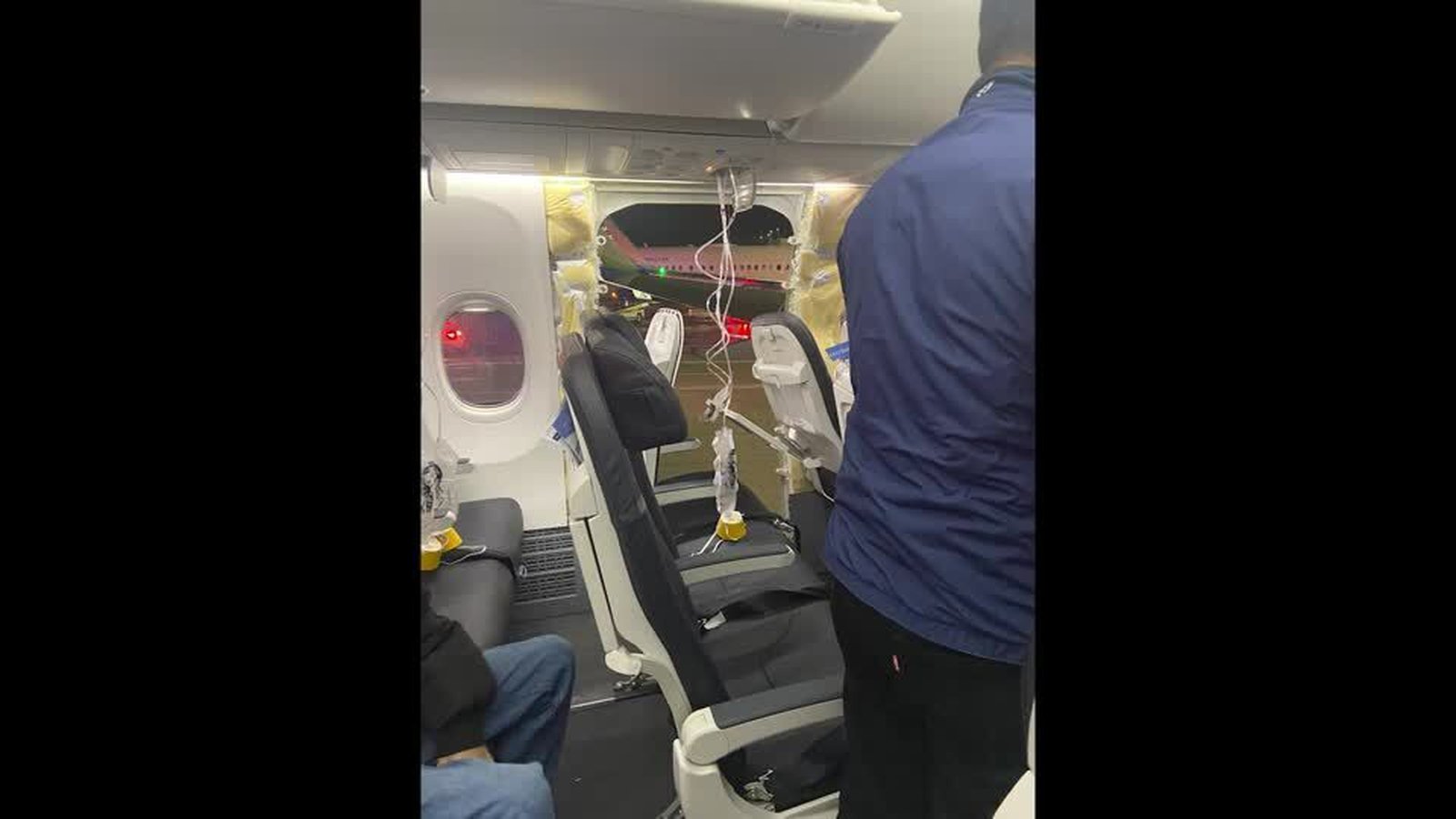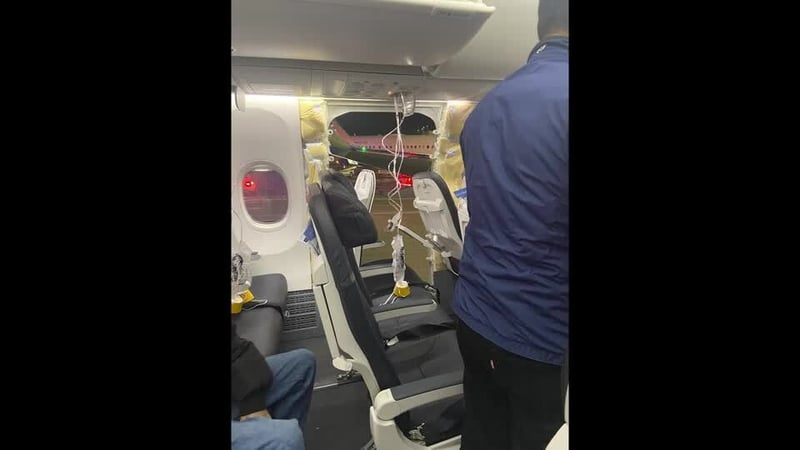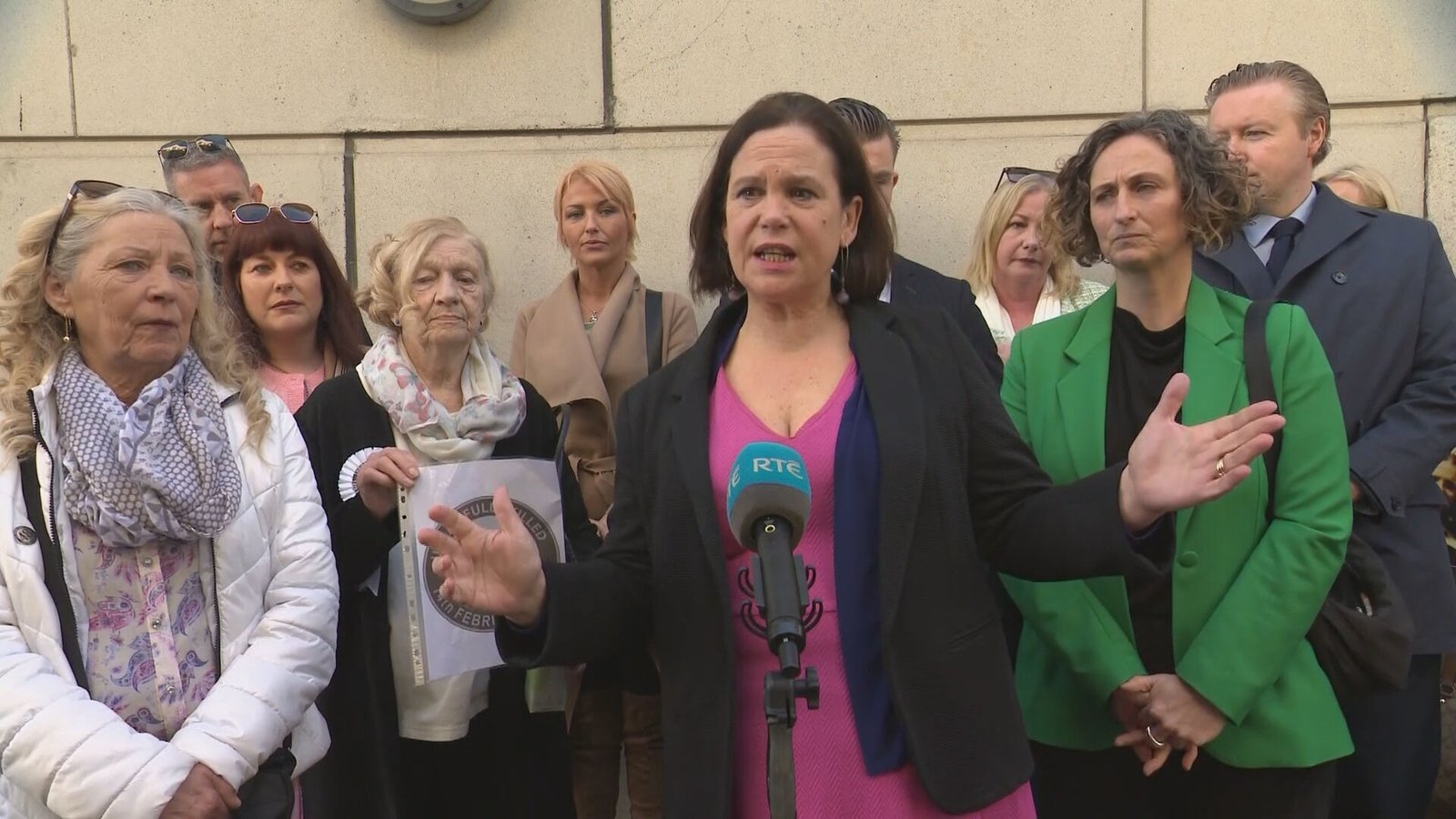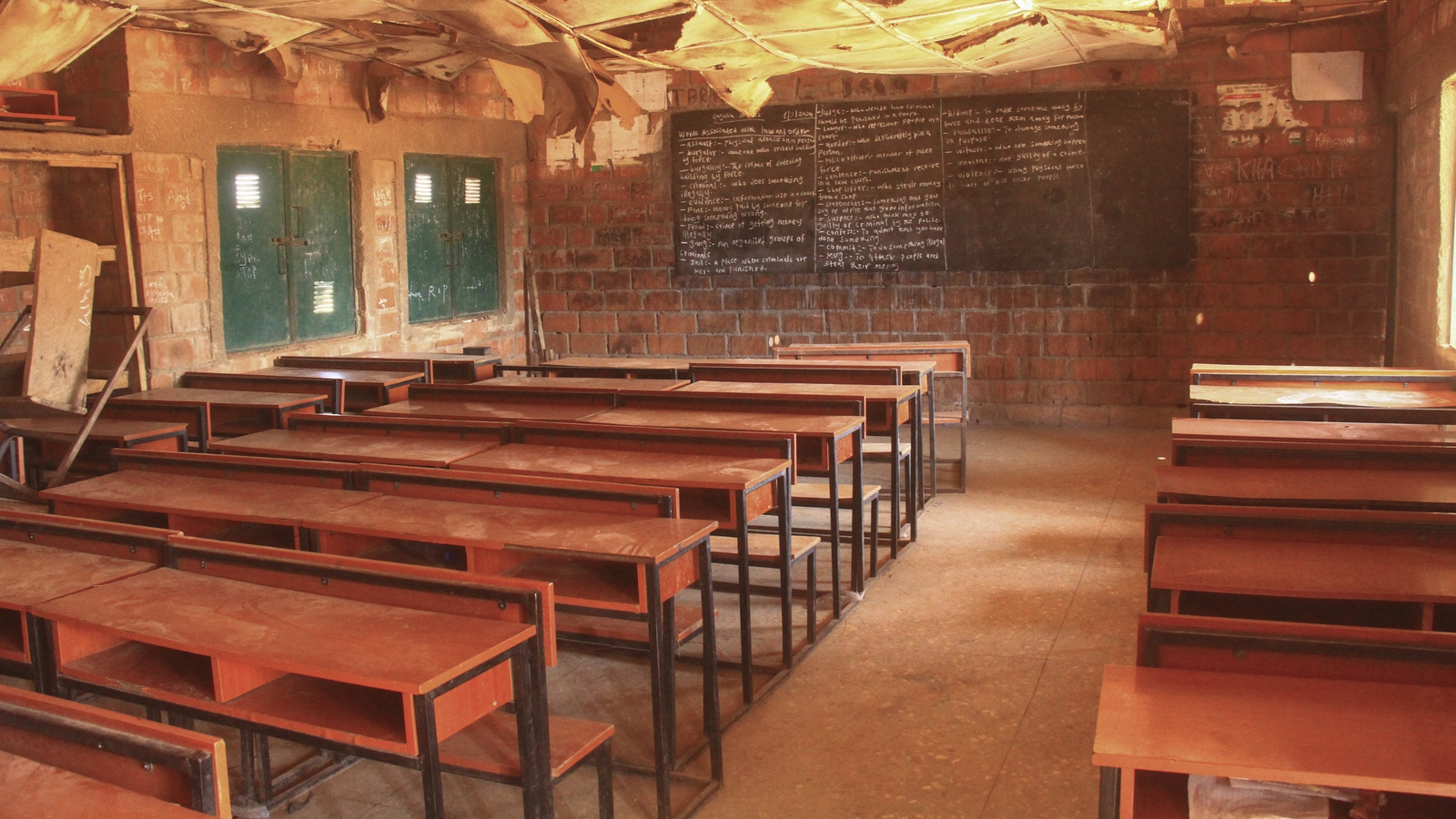No passengers seated next to blow out


The head of the US National Transportation Safety Board (NTSB) said no passengers were seated next to a cabin panel that blew out on an Alaska Airlines Boeing 737 MAX 9, forcing an emergency landing on Friday in a potentially “tragic” incident.
NTSB Chair Jennifer Homendy told a press conference late last night the two seats next to the portion of fuselage that blew out were unoccupied.
“We are very, very fortunate here that this didn’t end up in something more tragic,” Ms Homendy said.
Parts of the seat next to the fuselage, including the head rest, were missing.
US air safety regulator the Federal Aviation Administration (FAA) grounded 171 Boeing 737 MAX 9 jetliners yesterday for safety checks after the emergency landing of the plane that had been in service for just eight weeks.
A piece of fuselage tore off the left side of the jet as it climbed following take off from Portland, Oregon, en route to Ontario, California, forcing pilots to turn back and land safely with all 171 passengers and six crew on board. Some minor injuries were reported, Ms Homendy said.
The affected Alaska Air Flight 1282 had reached just over 16,000 feet when the blow out happened, according to FlightRadar24.
“We’d like to get down,” the pilot told air traffic control, according to a recording posted on liveatc.net.
“We are declaring an emergency. We do need to come down to 10,000,” the pilot added, referring to the initial staging altitude for such emergencies, below which breathing is considered possible for healthy people without extra oxygen.
The FAA did not rule out further action as a probe began into the potential structural failure that left a rectangular hole in an area of fuselage reserved for an optional extra door but which is “plugged” and deactivated on Alaska Air’s aircraft.
Investigators will look at maintenance records, the pressurisation system and the door components, Ms Homendy said.
“We’ll go where the investigation takes us,” she said, asking for the public’s help in recovering the missing door plug believed to be in a suburb west of Portland.
Ms Homendy praised the FAA for swiftly grounding the MAX 9 to “ensure continued safety”.
The FAA directive applies to aircraft operated by US airlines or in US territory. The European Union Aviation Safety Agency adopted the FAA’s directive but noted no EU member state airlines currently operate the configuration affected.
Alaska Air said it had halted flights by 18 of its MAX 9 planes that it had resumed using yesterday after recent in-depth inspections. The airline said it was in discussions with the FAA “to determine what, if any, further work is required before these aircraft are returned to service”.
The FAA could announce inspection requirements as early as today, officials said.
The Boeing 737 MAX 9s fitted with a special door replacement “plug” cannot fly until they are inspected and repaired if necessary, the FAA said.
The extra door is typically installed by low-cost airlines using extra seats that require more paths for evacuation. However, those doors are permanently plugged, or deactivated, on jets with fewer seats, including those of Alaska Air.
The MAX 9 represents about 220 of the 1,400 MAX jets delivered so far and most of them have the deactivated door, meaning they are potentially covered by the order.
Boeing said it supported the FAA decision.
MAX planes were grounded worldwide for 20 months after crashes in Ethiopia and Indonesia killed nearly 350 people about five years ago.
The crashes were linked to poorly designed cockpit software.
Alaska Air and United Airlines are the only US carriers using the MAX 9. Alaska Air canceled 160 flights yesterday, or 20% of scheduled trips, while United canceled 104 flights or 4% of departures.
Alaska Air said the travel disruptions from the grounding were expected to last through at least mid-week.





